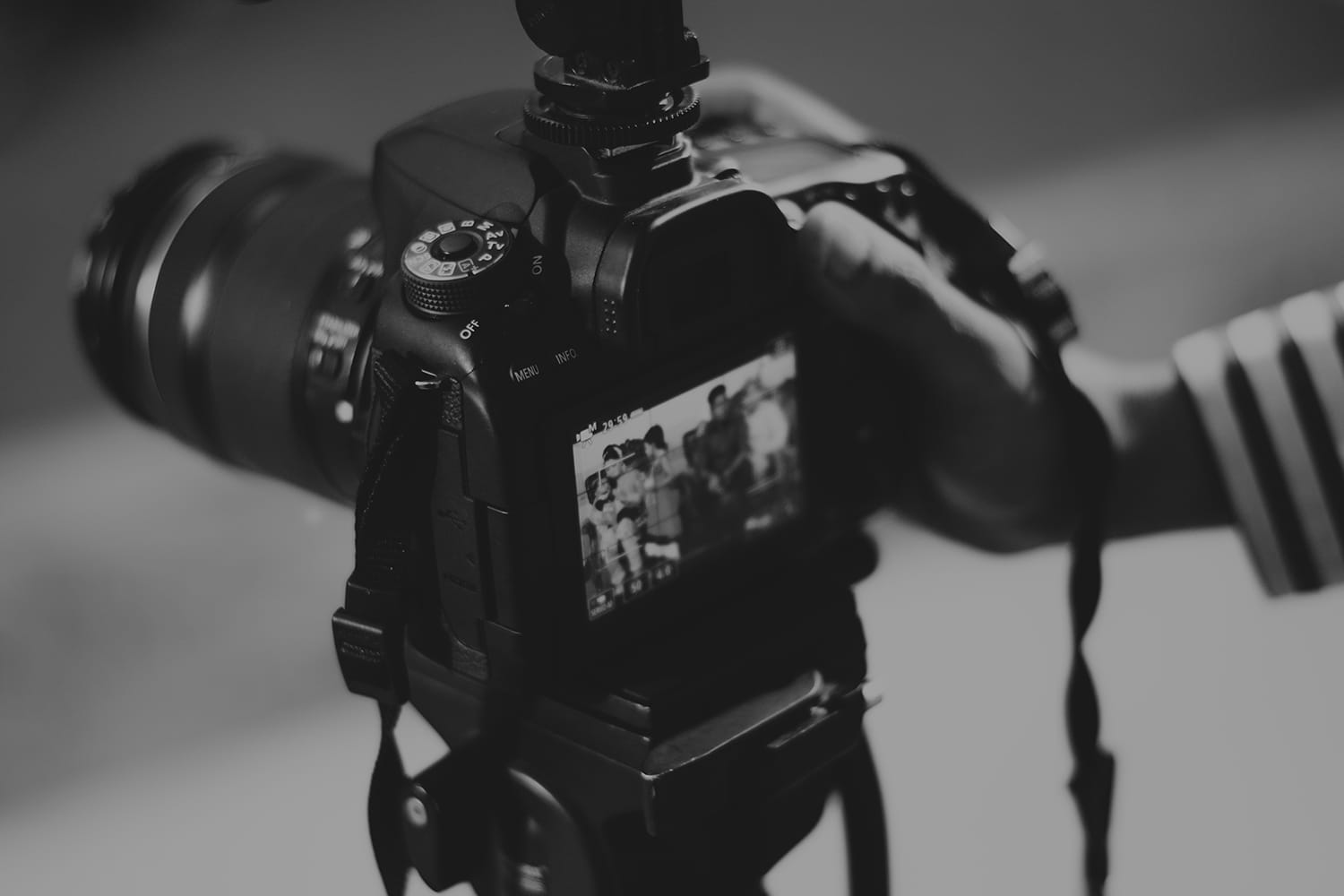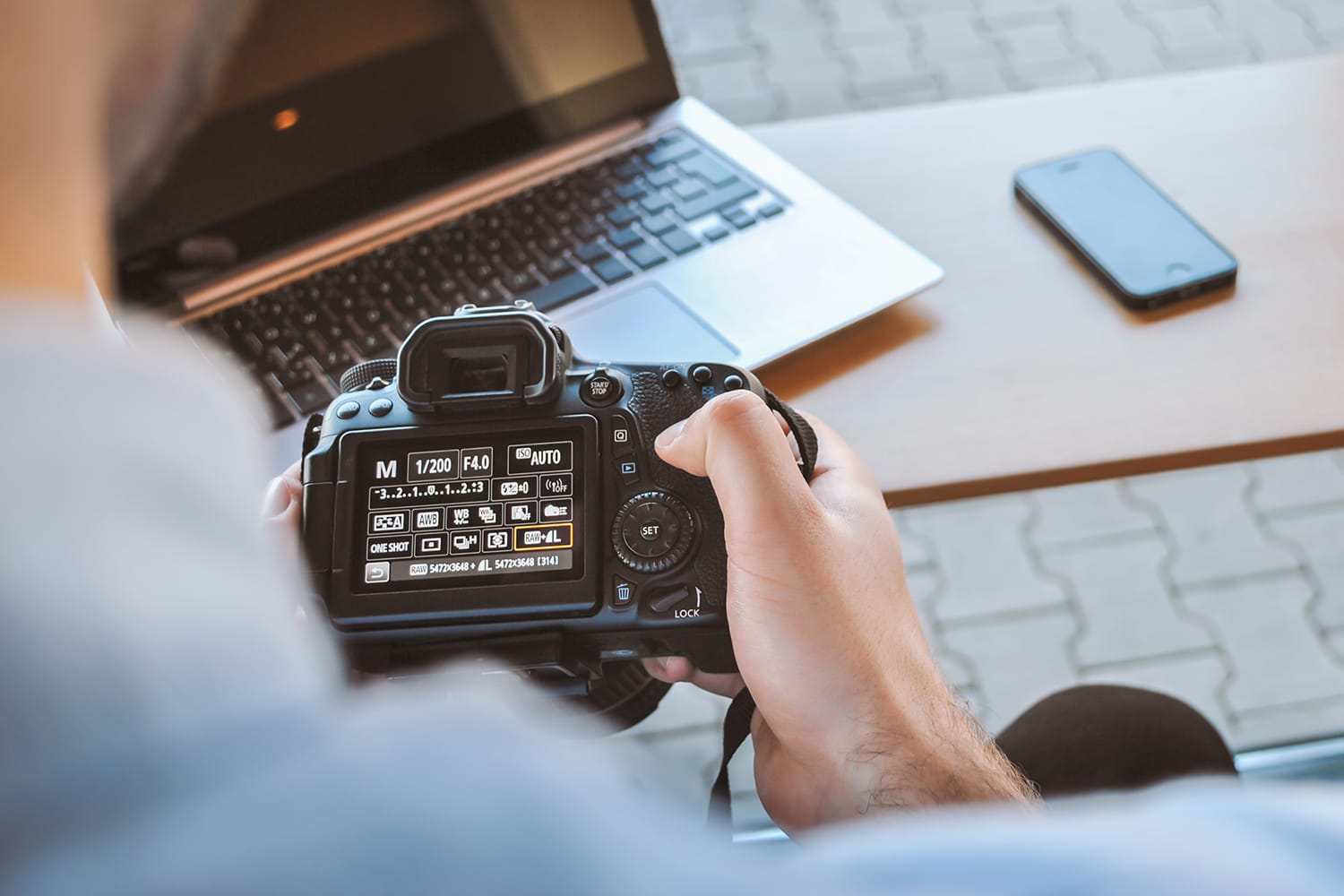How to Perfectly Price Your Photography Work
If you’re a photography hobbyist, there comes the time, inevitably, when you may want to decide on actually making a buck or two from your work.
As your skill, experience and confidence all rise from taking more and more pictures, it’s natural to eventually think about selling some of your shots and turning your operation into an actual business.
The only question that now looms large is how you should price your photography work. After all, you’re no Ansel Adams or Henri Cartier-Bresson (yet!), but you still deserve to charge people a price to buy your work. Failure to do so could send the wrong message about your snapshots and undercut your credibility as a photographer.

While you’ll have to attach a figure to your work if you want to be a professional, it’s better to think things through first.
Understanding What Goes Into Calculating Your Prices
There are lots of factors that you should consider when setting your prices, but the most urgent one is the quantifiable one of calculating your cost of goods. This is how much you pay to produce your photography, including the cost of labor and any materials you need. We’ll start with that one because it’s the easiest to figure out and can help you establish what you want as your profits efficiently.
Let’s divide the cost of goods into the following sections.
1. The Cost of Overhead
Overhead is essentially all the activity related to running your photography business that’s not directly related to labor (read: taking pictures on a shoot). Therefore, overhead includes items like:
- The cost of your camera and equipment
- The cost of replacing your camera and equipment due to natural wear and tear
- Advertising costs
- Software (Lightroom, Photoshop)
- Postproduction equipment
- Backdrops
- Rent (if you have a studio)
- Lighting
- Business cards
- Website
These are some of the most common overhead expenses you’ll immediately encounter as a photographer. If you’re just starting out, it’s necessary to stick to the basics as much as possible to keep said overhead costs down.
Now that the overhead is out of the way, we can move on to another important area that you need to factor in to your overall pricing.
2. The Cost of Labor
This factor is likely the trickiest to accurately figure into your pricing since a lot of it can be subjective. For example, if you love what you do – I’m going to assume you really love photography – then it’s going to be harder for you to count parts of it as actual work or labor. But you have to anyway! That’s the whole point of running a photography business.
Don’t underestimate the value of your work.
Consider how long – in terms of hours – you realistically have to devote to any given project you’re going to be working on. Include very specific details in your calculations, such as:
- How much time you may have to spend waiting on the models/subjects/assistants getting to your photo shoot
- How much time you’ll spend setting up the equipment for a shoot
- How long the post-editing process will take you
- How long you have to travel to a client
- How long you have to spend with a client, getting all the details from him
3. The Cost of Your Materials
Figuring out which materials go into your work is the easier part of pricing your work. For example, it’s pretty straightforward to determine how much you’ll have to pay for shipping and handling and any packaging to house your prints to get them to your clients.
These hard costs also apply to digital services that you provide. Let’s say you’re using a cloud service to store your images, as well as numerous hard drives to keep your organized. Those count as material costs, too. The cost of the materials you use should never come out of your pocket! That’s rule one of running a photography business as opposed to just doing photography as a fun hobby.

Then, There’s the Issue of Perceived Value
Perceived value is a very interesting aspect of pricing your work, and it’s also subjective (unless you’re a world-famous photographer already, of course). You need to sit down with yourself and ask yourself how confident you are in marking up your price to account for the profit that you want to make from selling your work.
So far, I’ve only covered the expenses you’ll have to cover when figuring out pricing. Now comes the self-interest part of attaching some form of profit to your photography product and/or service. You deserve it for the work you’ve put in, but what’s fair and/or credible for where you’re at as a photographer?
Consider a few things when figuring out your perceived value:
- How confident you are in asking for the markup and how accurately you think it reflects your work
- The perception of the value of your brand and your work in the photography industry and marketplace
- The actual quality of your finished product (read: how your images look and how you package your work)
Only you can determine your perceived value. If you’ve worked with bigger brands or clients and have years of experience, your perceived value will naturally be a lot more than if you’ve just started out. Thus, you can expect to mark up higher if you have a more impressive portfolio—and get what you ask for—than if you have a relatively thin portfolio and not so many years of experience.
It’s All Relative
By now, it should be clear that photography pricing is not an exact science by any means. There are too many factors that you have to consider for it to ever be. Though a good chunk of your pricing will be based on measurable qualities like the costs of overhead, labor and materials, pricing in the true profit in your work will hinge on your perceived value.
You may think you’re worth something specific, yet the marketplace may have a totally different idea of your worth.
That’s the beauty of market forces in helping you price your work: sooner or later, they’ll help you get a good idea of how much your photography work is really worth.
